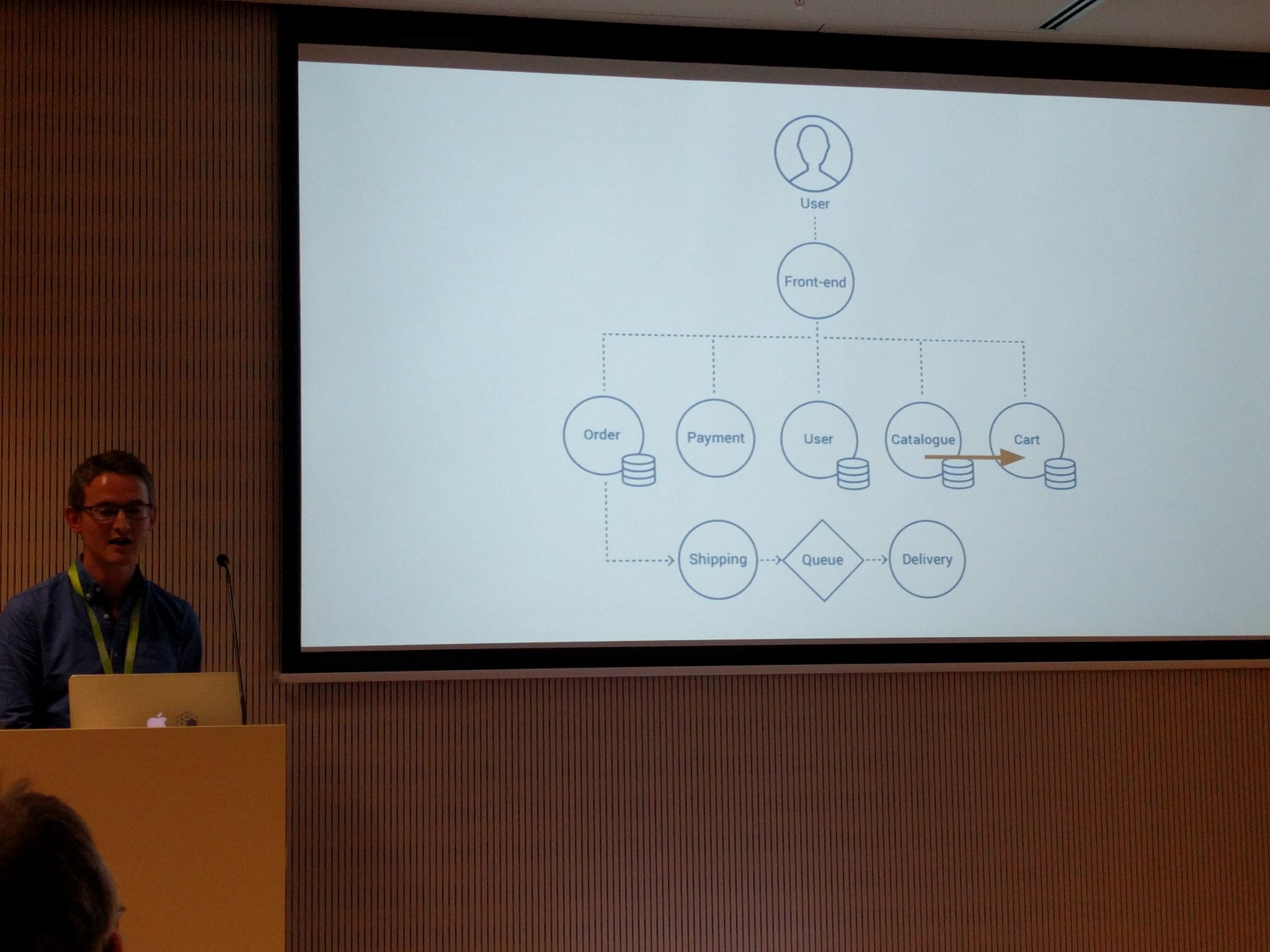Cloud-Native Data Science: Turning Data-Oriented Business Problems Into Scalable Solutions
- Published
- Author
Abstract The proliferation of Data Science is largely due to: ubiquitous data, increasing computational power and industry acceptance that solutions are an asset. Data Science applications are no longer a simple dataset on a single laptop. In a recent project, we help develop a novel cloud-native machine learning service. It is unique in that problems are packaged as containers and submitted to the cloud for processing. This enables users to distribute and scale their models easily.
Read more
